- Home
- Articles
- Architectural Portfolio
- Architectral Presentation
- Inspirational Stories
- Architecture News
- Visualization
- BIM Industry
- Facade Design
- Parametric Design
- Career
- Landscape Architecture
- Construction
- Artificial Intelligence
- Sketching
- Design Softwares
- Diagrams
- Writing
- Architectural Tips
- Sustainability
- Courses
- Concept
- Technology
- History & Heritage
- Future of Architecture
- Guides & How-To
- Art & Culture
- Projects
- Interior Design
- Competitions
- Jobs
- Store
- Tools
- More
- Home
- Articles
- Architectural Portfolio
- Architectral Presentation
- Inspirational Stories
- Architecture News
- Visualization
- BIM Industry
- Facade Design
- Parametric Design
- Career
- Landscape Architecture
- Construction
- Artificial Intelligence
- Sketching
- Design Softwares
- Diagrams
- Writing
- Architectural Tips
- Sustainability
- Courses
- Concept
- Technology
- History & Heritage
- Future of Architecture
- Guides & How-To
- Art & Culture
- Projects
- Interior Design
- Competitions
- Jobs
- Store
- Tools
- More
Redesigning Forgotten Areas of the City: Transform Neglected Spaces Into Vibrant Community Hubs
Discover how redesigning forgotten city spaces like vacant lots and abandoned buildings can spark community connection, boost local economies, and promote sustainability. Learn strategies for transforming neglected areas into vibrant hubs, with real-world examples like the High Line and Cheonggyecheon Stream that showcase the power of thoughtful urban renewal.

Cities are full of hidden potential, often tucked away in forgotten corners that have been overlooked for years. These neglected spaces, whether they’re abandoned lots or underused alleyways, hold the promise of transformation. By reimagining these areas, we can breathe new life into our communities and create vibrant, functional spaces that benefit everyone.
When we redesign forgotten areas, we’re not just revitalizing physical spaces—we’re fostering connection, creativity, and growth. These projects can turn neglected zones into thriving hubs of activity, offering opportunities for local businesses, green spaces, and cultural expression. It’s about seeing possibilities where others see decay.
Revitalizing these spaces isn’t just about aesthetics; it’s about creating a city that works better for all of us. With thoughtful design and community input, we can transform forgotten areas into places that inspire pride and bring people together. The potential is already there—we just need to unlock it.
Table of Contents
ToggleUnderstanding Forgotten Urban Areas

Forgotten spaces refer to underutilized or neglected parts of cities that no longer serve their intended purpose. Examples include abandoned factories, disused railway lines, vacant lots, and empty storefronts. These areas often fall into disrepair, becoming inaccessible and overlooked by urban planning efforts. When left unaddressed, they contribute to urban decay and missed opportunities for regeneration. Identifying these spaces is the first step toward reactivating them as valuable assets for the community.
Challenges Of Neglected City Spaces
Forgotten spaces, such as abandoned factories, vacant lots, and empty storefronts, often present complex challenges. These areas, left untouched over time, contribute to broader urban issues, requiring multifaceted approaches to transformation.

Environmental Concerns
Forgotten spaces frequently suffer from contamination and degraded ecosystems. Polluted soil from industrial sites, overgrown vegetation, and improper waste disposal accumulate in areas like disused railway lines or abandoned warehouses. Addressing these issues requires environmental assessments, soil remediation, and sustainable design strategies to prevent further ecological damage.
Social Impact
Unmaintained areas often attract negative activities like vandalism or illegal dumping, creating safety risks. Vacant lots, for example, may become inaccessible, discouraging community interaction and perpetuating social disconnection. Effective redesign can realign these spaces with community needs, fostering inclusion and revitalizing urban life.
Economic Factors
Neglected locations lead to diminished property values and reduced investment opportunities. Empty storefronts lower business vibrancy in commercial districts, while underutilized spaces like parking lots hinder local economic growth. Activating these zones through redevelopment can stimulate job creation, attract businesses, and bolster urban economies.
Strategies For Redesigning Forgotten Areas
Revamping forgotten spaces transforms neglected city zones into vibrant, functional areas. Examples of these spaces include abandoned factories, vacant lots, and underutilized public parks.

Community Engagement And Involvement
Engaging communities builds ownership and ensures designs meet local needs. Hosting workshops, conducting surveys, and organizing neighborhood discussions help include diverse voices. For example, reactivating a vacant lot as a community garden fosters collective pride and use.
Sustainable Design Practices
Adopting sustainable practices reduces the environmental impact of redesign efforts. Prioritizing green infrastructure like rain gardens or permeable pavements revitalizes ecosystems in underused zones. Repurposing materials from abandoned buildings or railway lines minimizes waste while preserving history.
Incorporating Smart Technology
Smart technology optimizes functionality in reimagined areas. Installing smart lighting systems in neglected alleys boosts safety, while environmental sensors monitor air quality in reclaimed parks. Urban planning tools using data analytics identify redevelopment priorities for forgotten spaces.
Successful Case Studies Of Urban Redesign
Examples of forgotten spaces reimagined through innovative design demonstrate the potential of neglected zones. These initiatives breathe new life into abandoned structures, decayed industrial areas, and vacant lots, turning them into valuable community assets.

Revitalized Parks And Green Spaces
Revitalizing forgotten spaces into parks and green areas enhances urban ecosystems and offers recreational opportunities. The High Line in New York City, a former elevated railway line, transformed into a linear park with walking paths and native plantings, exemplifies this approach. Similarly, Seoul’s Cheonggyecheon Stream replaced an old highway with an urban greenway, reducing heat, improving air quality, and boosting tourism.
Transformation Of Abandoned Buildings
Reusing abandoned buildings turns historic structures into functional spaces. The Tate Modern in London, once a power station, now serves as a globally renowned art museum. In Detroit, the Michigan Central Station redevelopment transformed the long-abandoned train station into a hub for technology and innovation, integrating the past with future-focused purposes.
Redevelopment Of Industrial Zones
Industrial zones have been repurposed into vibrant communities by converting obsolete facilities. Germany’s Duisburg-Nord Landscape Park reimagined a steel plant into a space for climbing walls, gardens, and performance venues. Similarly, Toronto’s Distillery District converted 19th-century factories into a lively neighborhood with restaurants, art galleries, and shops, preserving industrial heritage while encouraging economic growth.
Benefits Of Redesigning Forgotten City Areas
Redesigning forgotten spaces unlocks untapped potential, transforming neglected areas into valuable community assets. Examples like unused railroad tracks, vacant warehouses, and abandoned lots highlight opportunities for growth and regeneration.

Boosting Local Economy
Revitalizing forgotten spaces invigorates economic activity. Redeveloped areas attract new businesses, generate jobs, and increase tourism. For instance, restoring Detroit’s Michigan Central Station spurred innovation hubs and tech startups, reigniting local commerce. Enhanced property values also drive further investment in nearby neighborhoods.
Enhancing Quality Of Life
Redesigned spaces improve community well-being. Projects like turning empty lots into urban gardens provide access to fresh food and encourage social interaction. Recreational parks on former industrial land, like New York’s High Line, offer cultural programming and leisure activities, creating inclusive gathering spaces.
Promoting Environmental Sustainability
Sustainable redesign of forgotten spaces addresses environmental concerns. Repurposing materials from old structures, incorporating green infrastructure, and introducing renewable energy systems reduce waste and pollution. Seoul’s Cheonggyecheon Stream restoration removed highways, restored natural ecosystems, and improved air quality, exemplifying environmental revitalization.

Conclusion
Forgotten spaces present unique opportunities to transform areas of neglect into sources of vibrancy and functionality. For instance, vacant lots can become urban farms, providing fresh food to communities while fostering social engagement. Disused railway tracks, like New York City’s High Line, offer potential for elevated greenways that connect urban ecosystems and encourage outdoor activity. Abandoned buildings, such as Detroit’s Michigan Central Station, can evolve into hubs of innovation that stimulate local economies. By thoughtfully redesigning these spaces, we reclaim underutilized areas as vital assets that contribute to environmental, social, and economic progress.
- adaptive reuse in urban areas
- building sustainable community spaces
- city hub transformation
- city space redevelopment
- community space transformation
- community-centered urban renewal
- community-driven urban design
- forgotten urban area redesign
- innovative urban design solutions
- neglected space activation
- place making in cities
- public space renovation
- redeveloping neglected areas
- reshaping urban landscapes
- revitalizing city neighborhoods
- revitalizing urban environments
- transforming forgotten urban areas
- urban community projects
- urban renewal projects
- Urban Revitalization
- vibrant community hubs
Submit your architectural projects
Follow these steps for submission your project. Submission FormLatest Posts
Copenhagen Named the Happiest City in the World in 2025
Copenhagen has been named the happiest city in the world in 2025...
Frank Gehry’s Transformative Ideas in Urban Design
Frank Gehry’s influence extends far beyond expressive architecture; his ideas have reshaped...
Architecture as Infrastructure: Designing Beyond Buildings
Architecture as infrastructure reframes cities as systems—flows, lifecycles, and value. Explore resilient...
Designing for Emotional Urbanism: How We Shape Cities People Actually Feel Good In
Emotional Urbanism: a practical guide to design that reduces stress, boosts dwell...


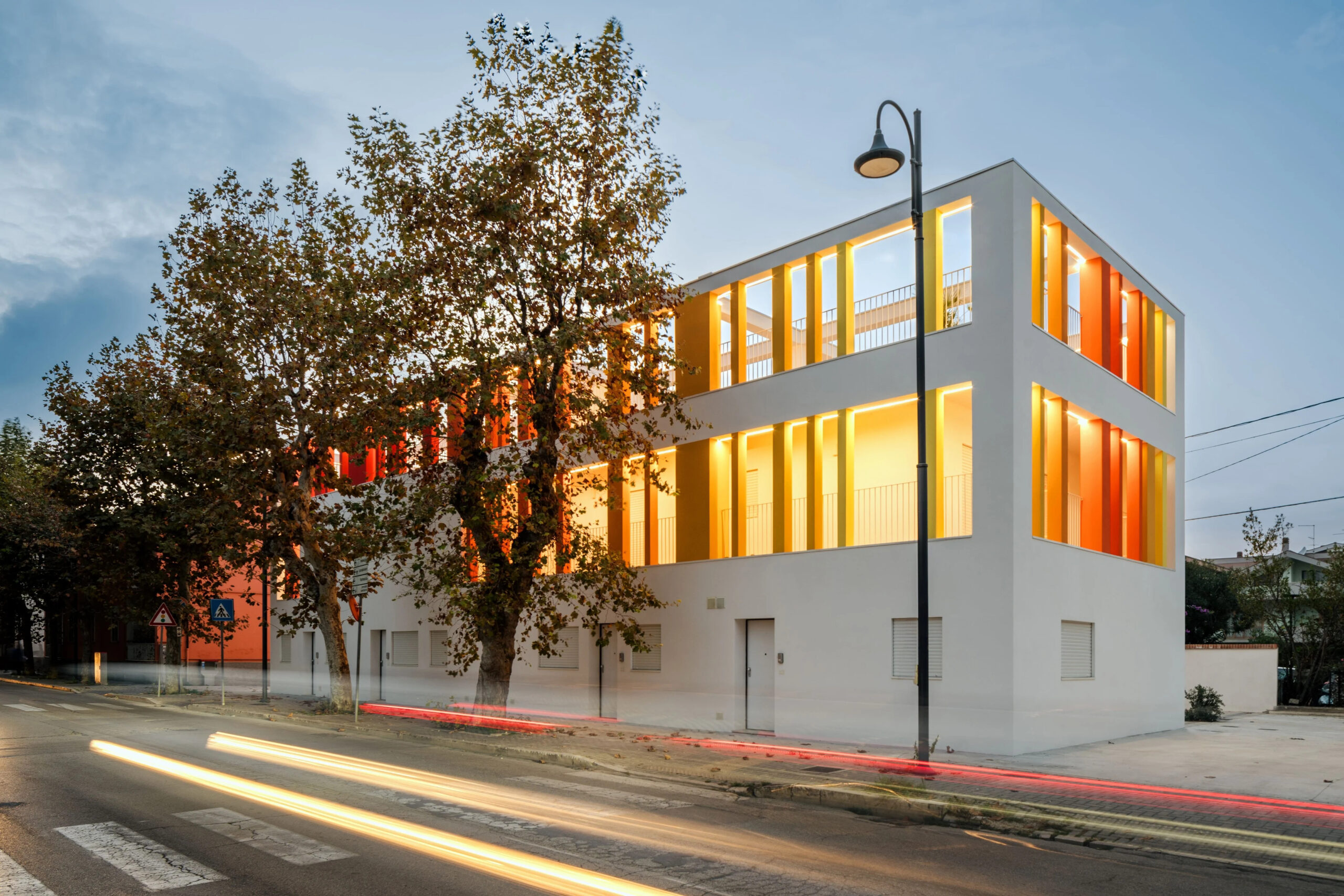

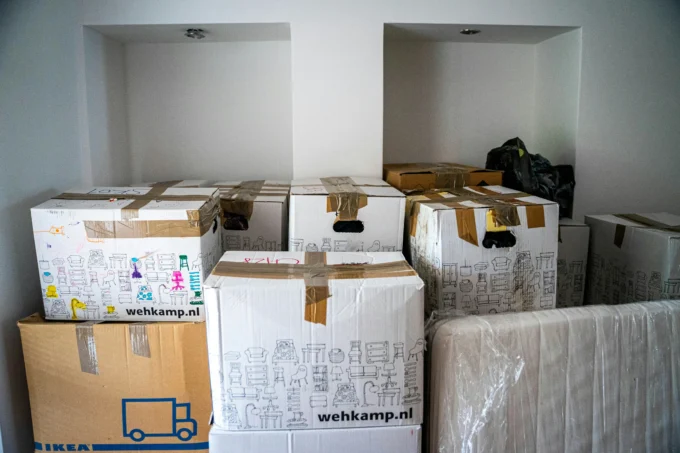



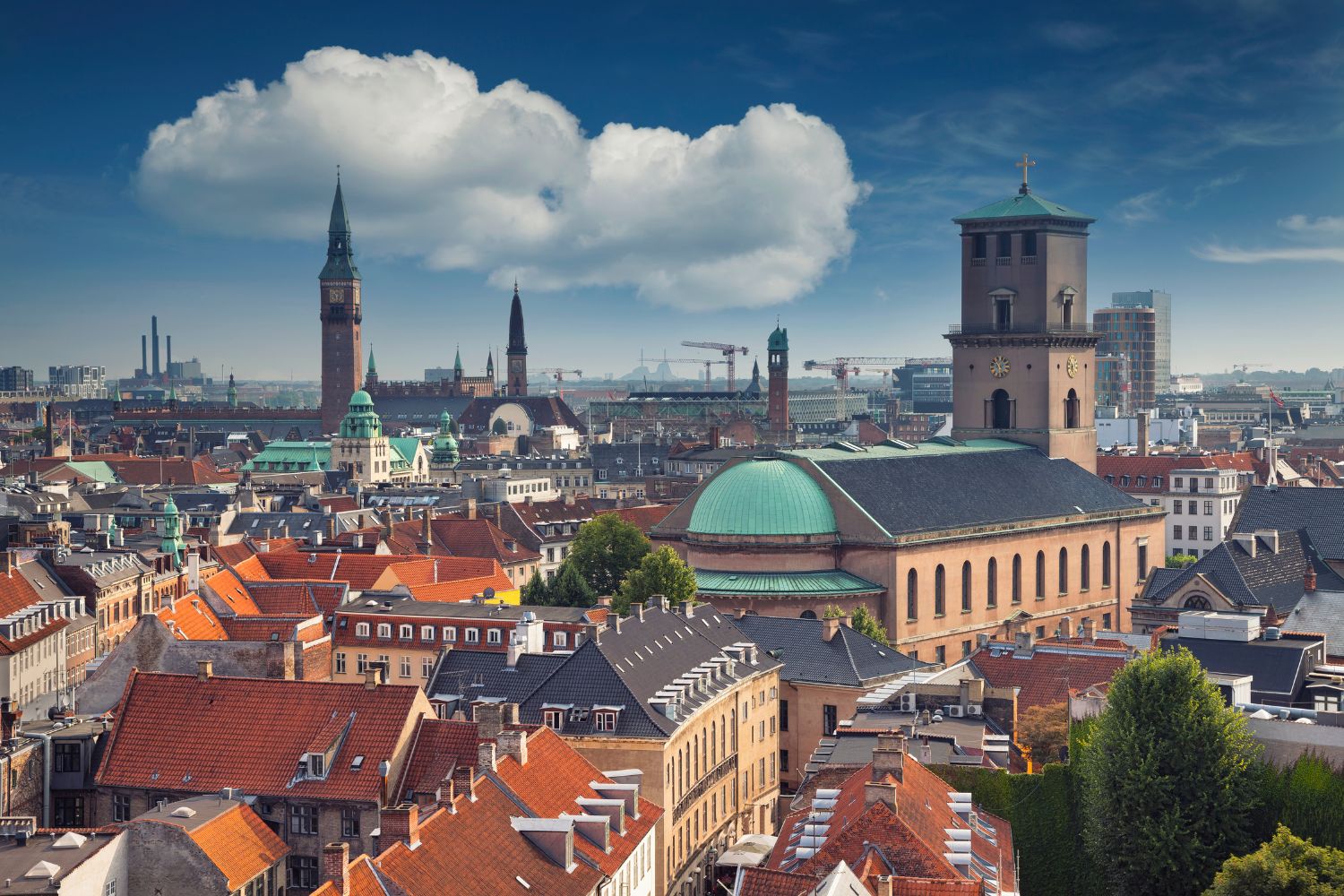

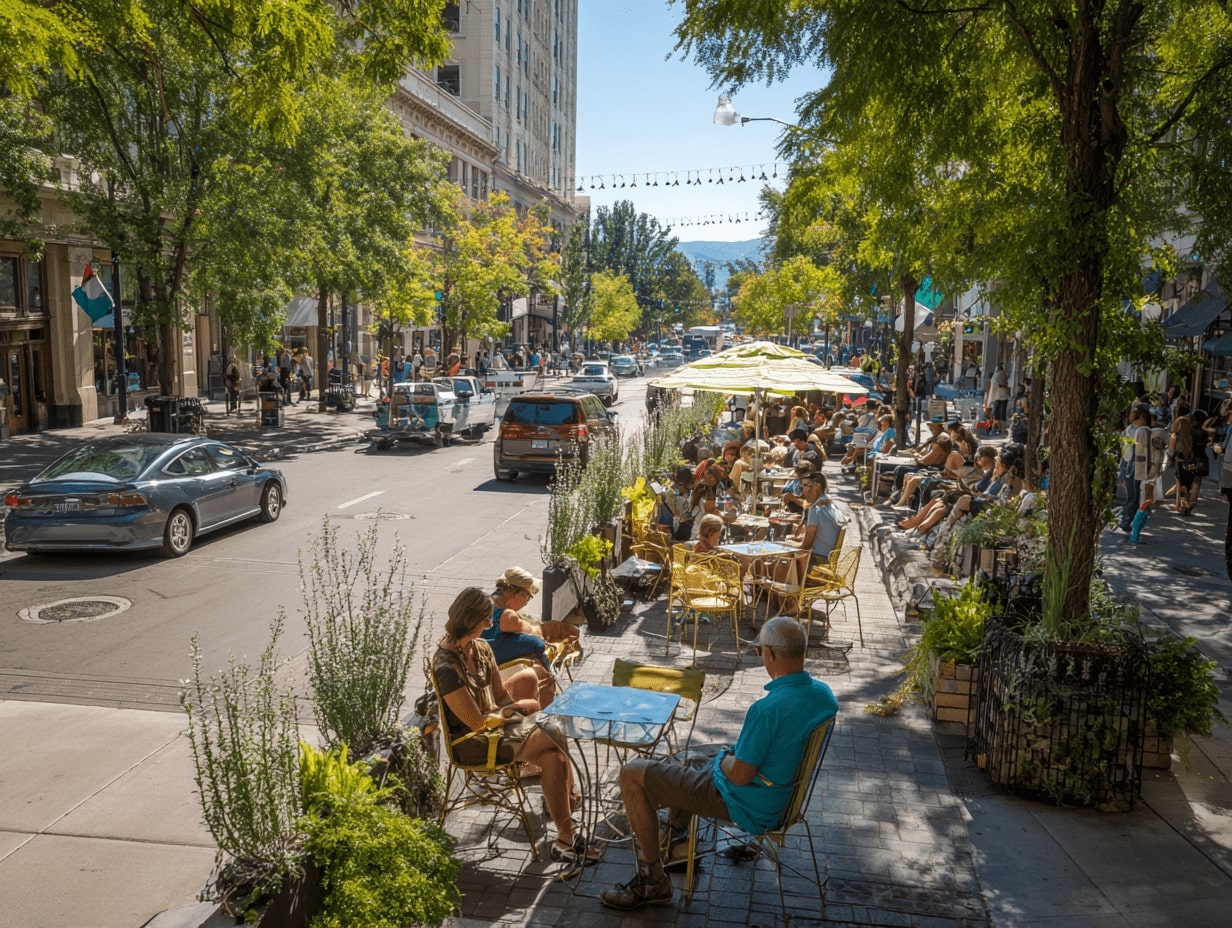
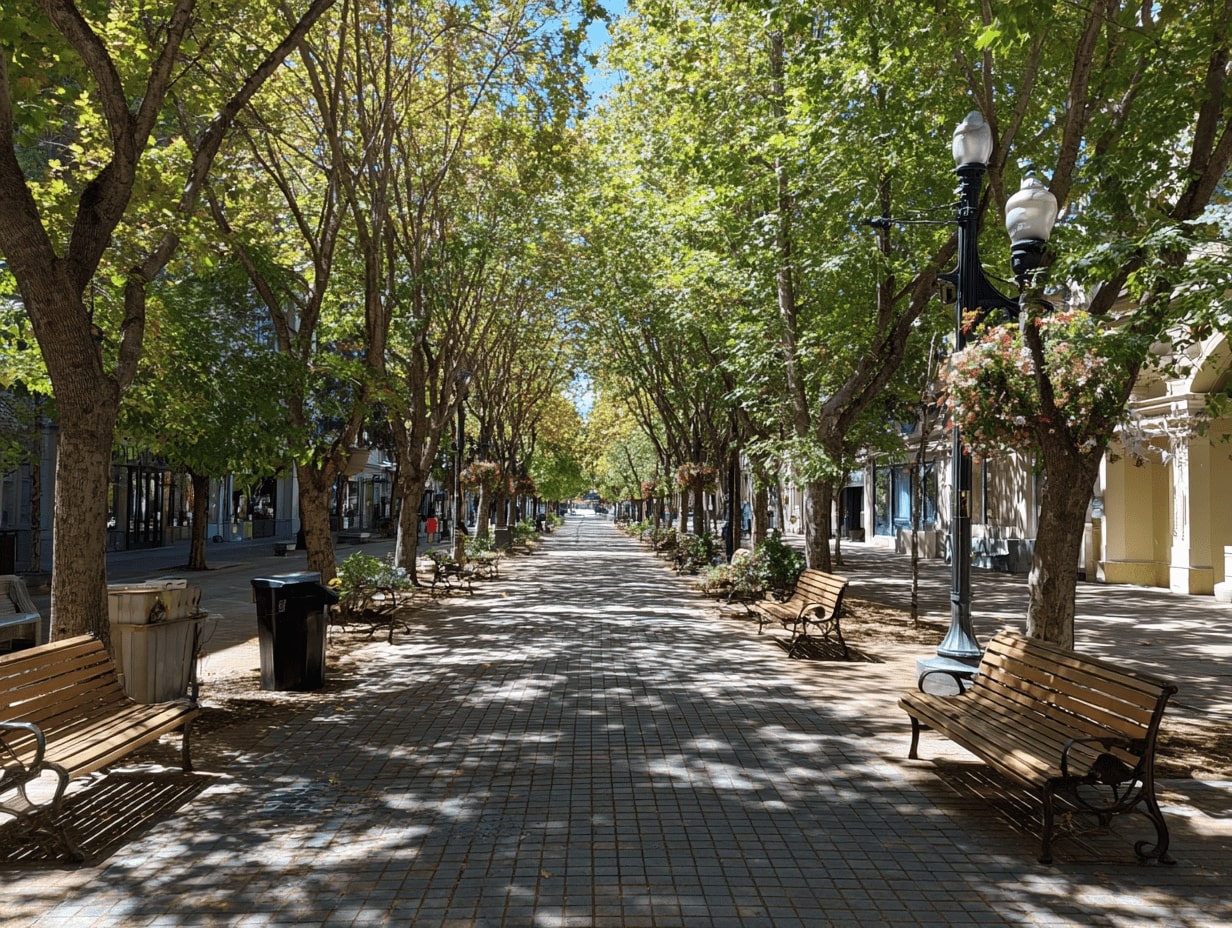
Leave a comment